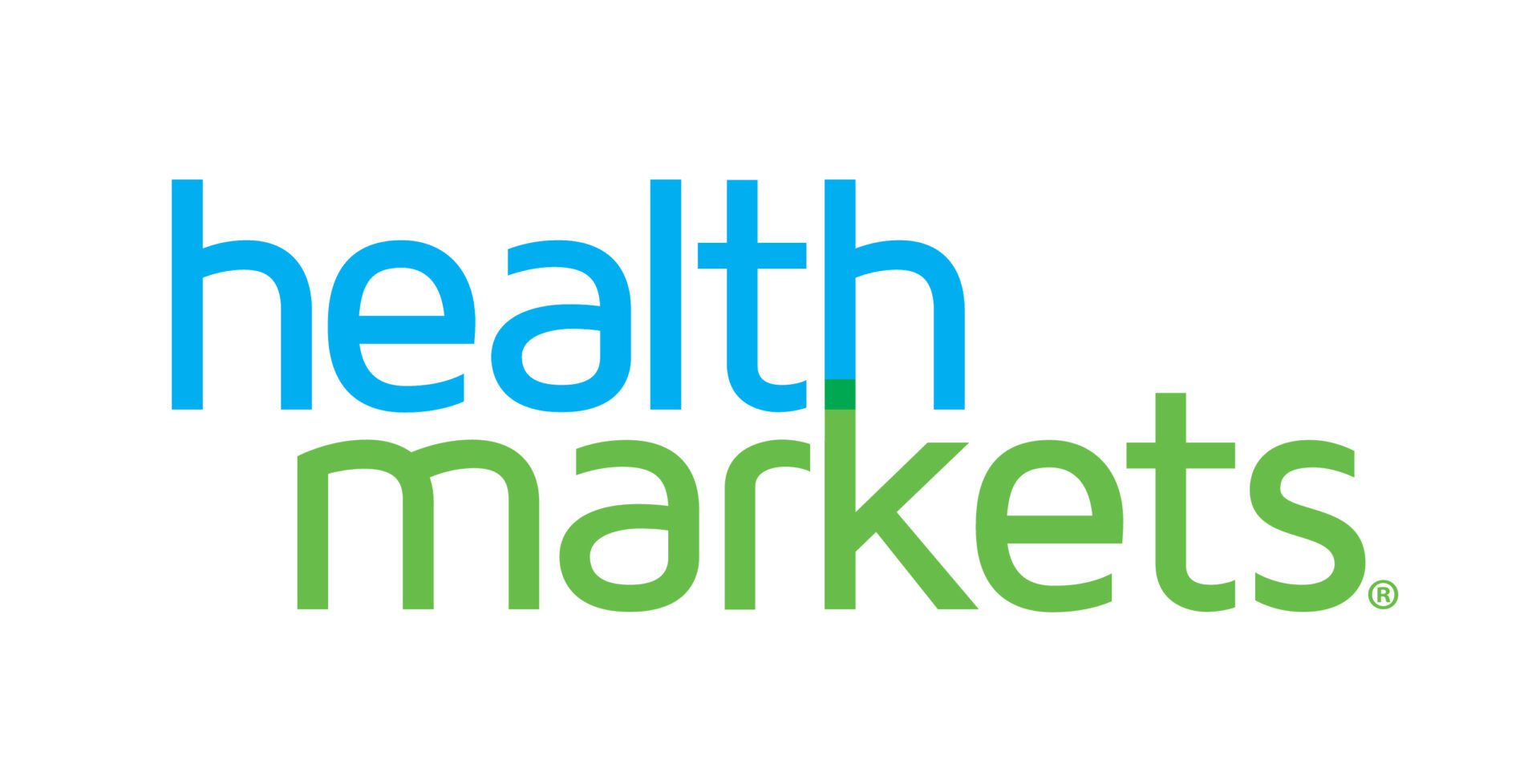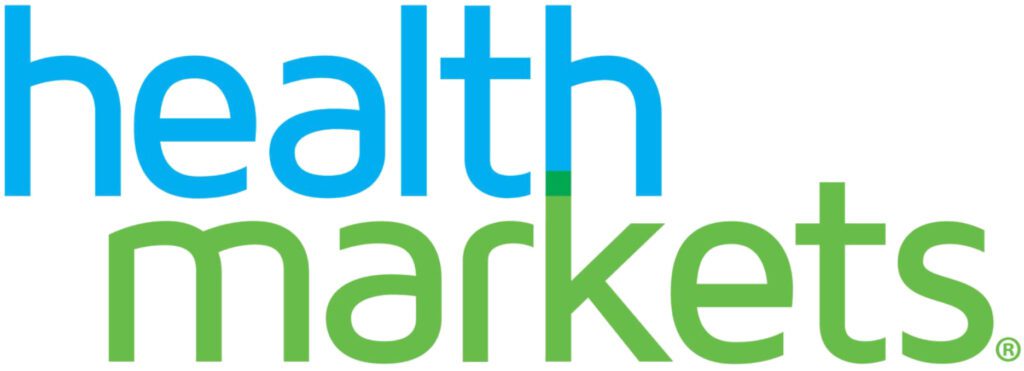- Seniors will face higher Medicare Part B premiums ($185.00) and deductibles ($257) in 2025, with insights on how these increases affect out-of-pocket healthcare expenses.
- Higher-income seniors will pay additional premiums due to IRMAA, while those needing immunosuppressive drugs post-transplant will see extra charges for coverage, based on their income level.
- Seniors can manage increased Medicare costs by reviewing plans, considering supplemental insurance, using preventive services, and exploring assistance programs tailored to their income and healthcare needs.
As a senior navigating the complexities of Medicare, it’s essential to stay informed about changes that could impact your healthcare costs. The Centers for Medicare & Medicaid Services (CMS) has announced updates for 2025, including adjustments to Part B premiums and deductibles. Understanding these changes will help you plan effectively for the upcoming year.
2025 Medicare Part B Premiums
In 2025, the standard monthly premium for Medicare Part B will increase to $185.00, up from the 2024 rate of $174.70. Whilhttps://www.cms.gov/newsroom/fact-sheets/2025-medicare-parts-b-premiums-and-deductiblese this increase is noticeable, it is still below the 2023 peak of $170.10. It’s important to understand that this standard premium applies to most Medicare beneficiaries, but your actual premium may be higher depending on your income.
Medicare Part B Premium Rates
Medicare Part B premiums can fluctuate every year based on several factors, including economic and healthcare trends. While the official rates for 2025 are yet to be finalized, certain factors typically influence these premium adjustments:
- Healthcare Costs: As the costs of medical services and prescription drugs increase, Medicare must adjust to accommodate these rising expenses. This can lead to higher premiums for beneficiaries.
- Inflation: General inflation impacts the cost of providing healthcare services, which may result in premium hikes.
- Enrollment Numbers: As more people enroll in Medicare, the premiums may shift to reflect a larger population of beneficiaries.
Medicare Part B Deductible
In 2025, the Medicare Part B deductible will increase to $257, up from $240 in 2024. The deductible is the amount you must pay for outpatient services before Medicare begins covering the costs. Once you meet the deductible, Medicare will typically cover 80% of the approved amount for outpatient care, and you’ll be responsible for the remaining 20%.
It’s important to consider how this deductible interacts with your overall healthcare costs. For example, if you require frequent doctor visits, lab work, or other outpatient services, you may reach the deductible quickly. For those with regular healthcare needs, this amount could add up over the year.
Income-Related Monthly Adjustment Amounts (IRMAA)
Higher-income individuals will pay an Income-Related Monthly Adjustment Amount (IRMAA) in addition to the standard Medicare premium. The surcharge is based on your modified adjusted gross income (MAGI) from two years prior, so for 2025, it will be calculated using your 2023 income.
- Single Filers: If your income is $106,000 or less, you’ll pay the standard premium. As your income increases, you may face higher premiums, with different surcharges for incomes between $106,001 and $500,000 and those exceeding $500,001.
- Married Couples Filing Jointly: If your combined income is $212,000 or less, you’ll also pay the standard premium. Higher premiums apply for incomes between $212,001 and $750,000 and those surpassing $750,001.
What You Should Know
IRMAA affects higher earners, so seniors with higher incomes will pay more for Part B coverage. It’s important to review your tax status to understand how your income impacts your premium. By staying aware of your income, you can plan for any premium changes ahead of time.
Immunosuppressive Drug Coverage and Part B
For seniors who have undergone a kidney transplant, Medicare Part B includes coverage for immunosuppressive drugs, but only for the first 36 months post-transplant. After this period, beneficiaries need to purchase additional coverage through Medicare Part B to continue receiving coverage for these essential drugs.
For 2025, the premium for immunosuppressive drug coverage will be $110.40 per month, though high-income earners will face the same IRMAA adjustments as with regular Part B coverage. This includes:
- Post-Transplant Coverage: Coverage for immunosuppressive drugs is available after kidney transplants, but only for the first 36 months.
- Premiums for These Drugs: Monthly premiums apply, with the standard rate set at $110.40 for 2025.
- Income-Related Premium Adjustments: Higher-income individuals will pay more for immunosuppressive drug coverage, just like the standard Part B premium.
Managing the Impact of the Premium and Deductible
Planning for Medicare Part B costs can save you money in the long run. Here are some strategies to manage these expenses effectively:
- Review Your Medicare Plan: Annually assess your Medicare coverage to be sure it aligns with your current healthcare needs. You may find that a Medicare Advantage plan offers additional benefits that suit your lifestyle.
- Explore Supplemental Insurance: Medigap policies can help cover out-of-pocket costs not covered by Original Medicare, such as copayments, coinsurance, and deductibles.
- Utilize Preventive Services: Medicare covers many preventive services at no additional cost to you. It covers screenings for various cancers, including breast, colon, and prostate cancer, to catch issues early. You are also covered for flu shots, pneumonia vaccines, and other important vaccinations.
- Consider Income-Related Assistance Programs: If your income is below a certain level, you may qualify for programs that help pay for premiums, deductibles, and other Medicare costs.
How to Choose the Right Medicare Coverage for 2025
Choosing the right Medicare coverage is an essential step in managing your healthcare costs and making sure you get the care you need. With changes to Part B premiums and deductibles in 2025, now is a good time to reassess your current plan and determine if it still fits your needs.
- Original Medicare (Part A and B): This option allows you to choose any healthcare provider that accepts Medicare. However, it doesn’t cover services like vision, dental, or hearing care, and includes cost-sharing such as copayments and coinsurance. You may need to buy additional coverage, like Medigap, for out-of-pocket costs and prescriptions.
- Medicare Advantage Plans (Part C): Offered by private insurers, these plans combine Part A and B benefits and may include extra services like vision, dental, and hearing coverage. They also have an annual out-of-pocket maximum, which can help limit unexpected expenses. These plans are a good option if you want more coverage in one plan.
Key Considerations for Selecting Your Plan
Medicare can be complicated, and every individual’s healthcare needs are different. Here are the key considerations you should consider:
Evaluate Your Healthcare Needs
Review your current health status, chronic conditions, and upcoming treatments or surgeries. If you need regular prescriptions or specialized care, a Medicare Advantage plan with extra benefits might be a better option.
Compare Coverage Options
Review each plan’s benefits carefully. Make sure it covers necessary services like dental, vision, hearing, and outpatient care. If prescription drug coverage is important, make sure the plan includes Part D.
Check Your Doctors and Medications
Ensure your doctors are in-network and that your prescriptions are covered. Medicare Advantage plans often have specific networks, so confirm you can continue seeing your current providers.
Consider Costs and Out-of-Pocket Expenses
Look beyond the monthly premium. Compare deductibles, copayments, and coinsurance. Medicare Advantage plans often have an out-of-pocket limit, while Original Medicare does not, which could mean higher costs for you.
Review Extra Benefits and Services
Some Medicare Advantage plans offer extra benefits like fitness programs, wellness services, and transportation. If these are important, look for plans that include them.
Annual Review
Your healthcare needs may change. Use the Medicare Open Enrollment Period (October 15 to December 7) to review and adjust your coverage for the upcoming year.
Seeking help from a licensed insurance professional can make the process easier and help you find the plan. Our agents, at HealthMarkets Insurance – Eric Zawicki, can offer personalized guidance comparing plans to get the best coverage possible this 2025. Contact us today!



